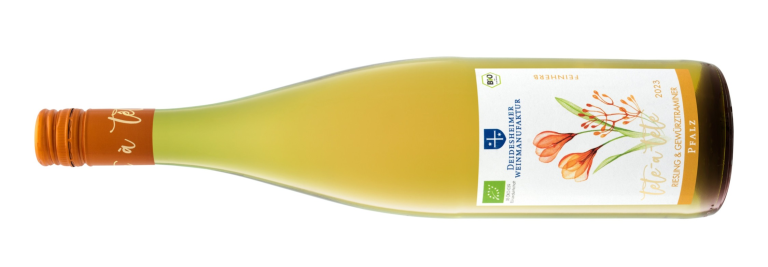With wine prices expected to continue rising, keeping spending under control has become increasingly important.
But how to do so?
Frankly, the best approach seldom involves buying the cheapest bottle in the display or the one with the biggest discount or, for that matter, relying wholly on big-name brands.
As is generally the case, much better advice is to focus on value rather than making price alone the prime focus.
Often that means shying away from the most popular regions and grape varieties and being prepared to embrace the unexpected.
So, this new “Beneath the Radar” feature is designed to help guide folk to the inexpensive but good value “nuggets” that frequently lie beyond the conventional places and varieties.
Because it deals with the unfamiliar, this post takes a detailed look at the wines in question but feel free to jump forward if you simply need a clear recommendation on what to buy.
As ever, pictures and hyperlinks are available for most wines to help you find, and possibly even purchase, the wines being featured.
First, then, where to look?
Although the eastern coast of central Italy is very much the domain of verdicchio, other grapes (such as pecorino) are now gaining footholds there.
The variety being considered today is passerina – which is actually centuries old although it was only “re-discovered” about 20 years ago.
Legend has it that the grape’s name emanates from its harvest-time popularity on the menus of the bird kingdom – especially for sparrows (passero in Italian).
While grown in several parts of Italy’s Marche wine region, passerina grapes somehow seem to have developed a special link with Terre Di Chieti – to the south west of Pesaro.
This is an IGT (Indicazione Geografica Tipica) area – which is the level below DOC status in wine hierarchies.
Why there though?
Possibly, the grape’s association with this area has much to do with its terroir because the variety can produce quite different wines when grown elsewhere.
For sure, its ripe citrus fruit is a common factor everywhere but versions from further west seem to be softer and creamier than the sharp, intense and often minerally examples from Marche.
In most places though, passerina is fresh white wine with well-defined fruit in a floral background and a long (often mineral and nutty influenced) finish.
High levels of acidity (possibly from its long ripening period) help to accentuate that freshness.
Best drunk young, it works well with lighter chicken or pasta dishes or, perhaps, with roasted fish.
How can I try some?
There are currently two versions available on the High Street and both are kindly priced and good examples of the strengths of the variety.
The Tesco one is the lighter and livelier with especially well-defined fruit.
So, if that description appeals seek out 2019 Finest Passerina (£6 – instead of £7 until 14 February – at Tesco and 13% abv) with its aromatic Granny Smith apple foundation and the firm pink grapefruit acidity and touches of mint that support it.
While the fruit analogies are a bit more diverse in the M&S version, the mineral elements are rather more pronounced too.
So, if that profile ticks boxes for you, try the floral and textured 2019 Passerina Terre Di Chieti (£7 instore at M&S or online via Ocado and 12%) with its quince, apple and conference pear flavours, zesty acidity and long mineral infused finish.
Tune back in on Monday gentle reader to see the latest information on supermarket offers and, of course, the week’s Top Tips among easily accessible wines.
Remember, too, there may still be few places left at the Aldi or Lidl Zoom tastings sessions. That hyperlink takes you straight to the website for reservations.











5 responses
What I particularly dislike is to see a fancy bottle, perhaps a strange shape, or twice the weight and size of a normal bottle. In supermarket terms, this often means that the producers have put their money and effort into the marketing, rather than into the wine itself.
There is also what I call roundel disease .. someone has told them that bottles with a little round sticker on will sell quicker than those without. If it hasn’t actually won any prizes no worries, just make it look as if it might have done..
Pleased to see neither of today’s suggestions suffer from that 🙂
Top tip relayed by Adrian Chiles on Radio 4 the other day – after a glass of wine refill with water and drink before pouring your next glass of wine! It cleans the palate making for a more enjoyable next glass and cuts down on the units of alcohol consumed in the long term.
Quite a few “tricks of the trade” like that – some more ethical than others as you imply. One wine trade insider even set out to discover which words in the back label description secured the most sales. In case you are wondering, it was won by “smooth”.
Great idea – I rememebr that Adrian was horrified when he discovered how many units he actually drunk in a normal week so perhaps this was driven by personal experience. Incidentally, if you put the water glass in front of the wine glass that also reduces consumption. When folk are thirsty they reach for the nearest available liquid -apparently.